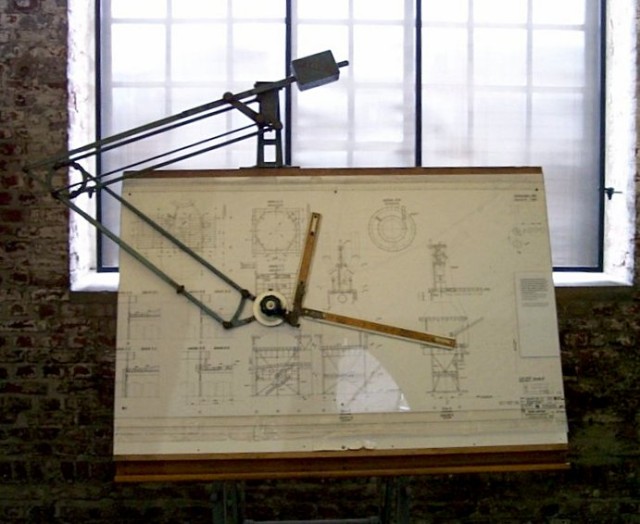Our international manufacturing lawyers are always being asked how to structure product development relationships with Chinese companies so the foreign buyer company actually ends up with the rights to the product that gets developed. This post addresses that issue.
The key is to focus on manufacturing rights, rather than on intellectual property rights, especially when the PRC or Taiwan (or really any other foreign) factory presents the foreign buyer with an already prepared manufacturing agreement. Lawyers all over the world have become masters at writing complex and sophisticated intellectual property provisions for product development and manufacturing agreements. Because these IP provisions are written to cover every possible situation, they are usually written at such a high level of abstraction they often have little to no real meaning on the ground in Asia.
Our solution at this point is not to further refine or revise the already highly refined IP language. Instead, we recommend focusing instead on the practical issue of manufacturing rights. At the end of the development process the Chinese factory and its foreign customer (our client) will be looking at a set of prototypes and the sole issue for the foreign party at that point is usually what can it can do with those prototypes?
If this question is not clearly resolved in an enforceable contract at the start of the development process, the answer will usually be that the foreign buyer party cannot do anything with the prototypes beyond what the Chinese factory allows it to do. For what is required for a contract to be enforceable, check out China Contracts that Work.
To avoid this result, at the inception of the development process the foreign buyer company should secure a written and enforceable contract that includes the following:
1. A contract provision (or provisions) that clearly sets out what will be done, when, and by whom. This should include a clear description of the product to be designed and the work to be performed.
2. A contract provision (or provisions) that clearly sets out the costs, the allocation of costs, the payment dates for the costs, and exactly what will be provided by the Chinese manufacturer in return for the payments. This provision should address molds, tooling, software, design, and a working model.
3. A contract provision that makes clear that if the design project fails, all the tangible and intangible materials developed during the project will be transferred to the foreign buyer company, with nothing retained by the Chinese factory or designer.
4. A contract provision (or provisions) that makes clear that if the design project succeeds and prototypes are developed the foreign buyer company shall have the right to manufacture the product in any factory anywhere in the world. This provision must clearly set out that the foreign buyer company will be free to determine what factory will manufacture the prototyped product. Normally, this will mean manufacturing it in the factory of the co-developer, but what if that factory cannot make the product for a satisfactory price, or in satisfactory quantities, or with satisfactory delivery dates or quality? What if the Chinese factory insists on raising its prices six months later? For the foreign buyer company to be able to maintain control over its product, it must have the right to move some or all of the manufacturing of its product to the facility of its choice, for any reason at all.
This issue of the right to manufacture should be clearly understood by both sides before the parties start discussing the more abstract issues of intellectual property rights. Every factory owner and every foreign party understands the issue of manufacturing rights and if you negotiate this early on, the real situation will be revealed in a way both parties understand. When the parties reach clear agreement on manufacturing rights, the intellectual property provisions become relatively easy for our China IP lawyers to draft.
If you wait to seek agreement on manufacturing rights with your China factory until product development has concluded you will have relinquished your leverage. If you wait until your Chinese factory completes the prototype, it can deny you any manufacturing rights and it can raise its manufacturing prices with impunity. You need a China appropriate contract making clear you (not your Chinese factory) own the manufacturing rights because without this your Chinese manufacturer probably can stop your product from being made by any other factories in China or from leaving China if it is.
When beginning the product development process in China you should skip the abstract discussions of intellectual property rights and just focus on the key practical issue both parties can understand: when the prototypes are finished, what can you do with those prototypes? For what should go into a China product development contract, check out China Product Development Agreements.

























